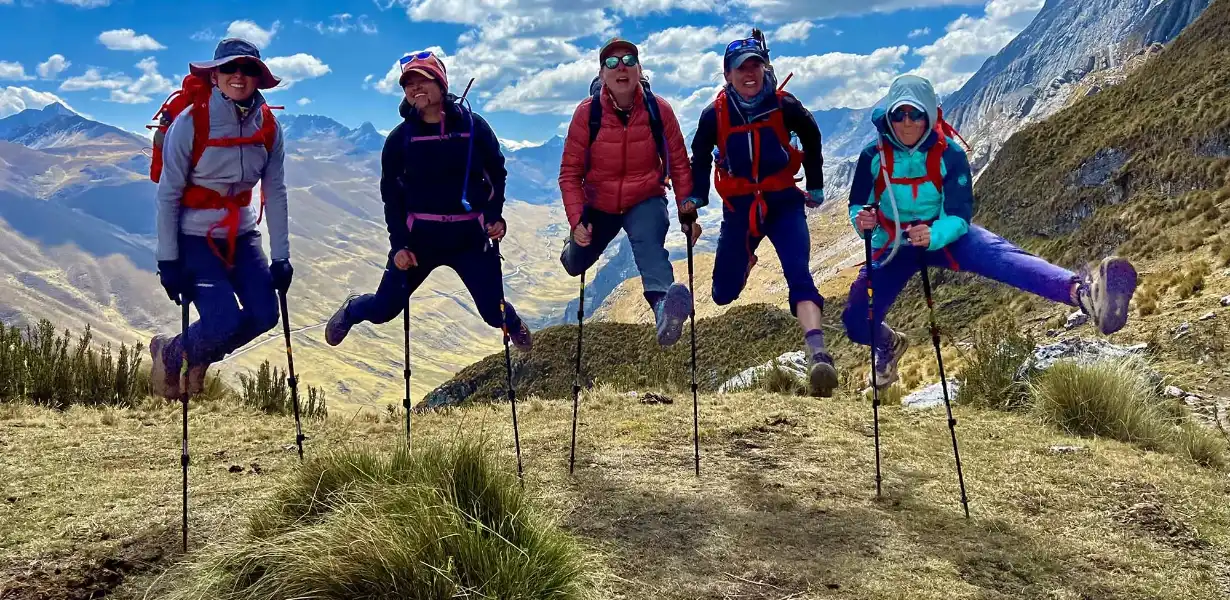
Embarking on a journey that intertwines adventure with nature’s allure, hiking and trekking offer more than just physical activity; they grant you access to stunning landscapes and an escape from the mundane. As avid enthusiasts ourselves, we understand the magnetic pull of trails, the thrill of summiting mountains, and the serenity of secluded paths. This comprehensive guide delves into the essentials of hiking and trekking, equipping you with the knowledge to embrace the outdoors while mastering the art of traversing mountains and valleys.
Hiking Essentials: Gear Up for Success
Hiking begins with the right gear. Quality equipment ensures not only your comfort but also your safety on the trail. From footwear designed for rugged terrain to moisture-wicking clothing that keeps you dry, here’s a checklist of hiking essentials to consider:
Sturdy hiking boots or shoes with proper ankle support.
Moisture-wicking base layers to regulate body temperature.
A weather-resistant outer shell to fend off rain and wind.
A comfortable backpack with adjustable straps for weight distribution.
Adequate water supply and hydration systems.
Trail maps, a compass, and a GPS device for navigation.
Sun protection, including sunglasses, a hat, and sunscreen.
Navigating the Trail with Confidence
With your gear squared away, it’s time to discuss the importance of navigation. Even well-marked trails can present challenges, and the ability to find your way is paramount. Here are some navigation tips to keep in mind:
Familiarize yourself with the trail map before setting out.
Mark waypoints or notable landmarks to aid in tracking your progress.
Use a combination of trail markers, maps, and digital navigation tools.
Be cautious if deviating from established paths to explore side trails.
Trekking Mountains: Conquering Heights with Finesse
Scaling Peaks: A Trekker’s Triumph
Trekking mountains elevates the hiking experience, demanding resilience and strategic planning. When tackling formidable heights, preparation becomes even more critical. Here’s what you need to know about trekking mountains:
Physical fitness is key; incorporate strength and endurance training.
Research the trail’s difficulty and elevation profile to gauge your readiness.
Acclimatize to higher altitudes to prevent altitude sickness.
Pack warm clothing and gear for varying weather conditions.
Mountaineering Safety: A Non-Negotiable Priority
Safety should be at the forefront of any mountain trekking adventure. The unpredictable nature of high-altitude environments necessitates careful planning and adherence to safety guidelines:
Travel with a partner or group for mutual support and assistance.
Carry a first aid kit, emergency shelter, and communication devices.
Keep an eye on weather forecasts; conditions can change rapidly.
Know when to turn back if conditions become hazardous.
Final Words
In the realm of outdoor exploration, hiking and trekking stand as unparalleled gateways to nature’s grandeur. Equipped with the right gear, navigation skills, and safety knowledge, you can unlock the full spectrum of these experiences. From the serene trails of lush valleys to the exhilarating summits of majestic peaks, your journey awaits – a harmonious blend of personal achievement and communion with the natural world.
Commonly Asked Questions
Q1: What fitness level is required for mountain trekking?
A1: Mountain trekking demands moderate to high fitness levels. Regular cardiovascular and strength training prepare your body for the challenges of uneven terrain and steep ascents.
Q2: How do I prevent blisters during long hikes?
A2: Properly fitted hiking shoes and moisture-wicking socks are your best defense. Applying blister-prevention products and keeping your feet dry can also help.
Q3: Are hiking poles necessary?
A3: While not mandatory, hiking poles provide stability and reduce strain on joints during descents. They can be particularly helpful on rocky or uneven trails.
Q4: What’s the best way to acclimate to high altitudes?
A4: Gradual ascent is key. Spend a day or two at intermediate altitudes before reaching higher elevations. Stay hydrated and avoid overexertion.
Q5: Can I hike alone?
A5: While hiking alone can offer solitude, it’s safer to hike with a companion, especially in remote areas. If you do hike solo, inform someone of your plans and expected return time.





